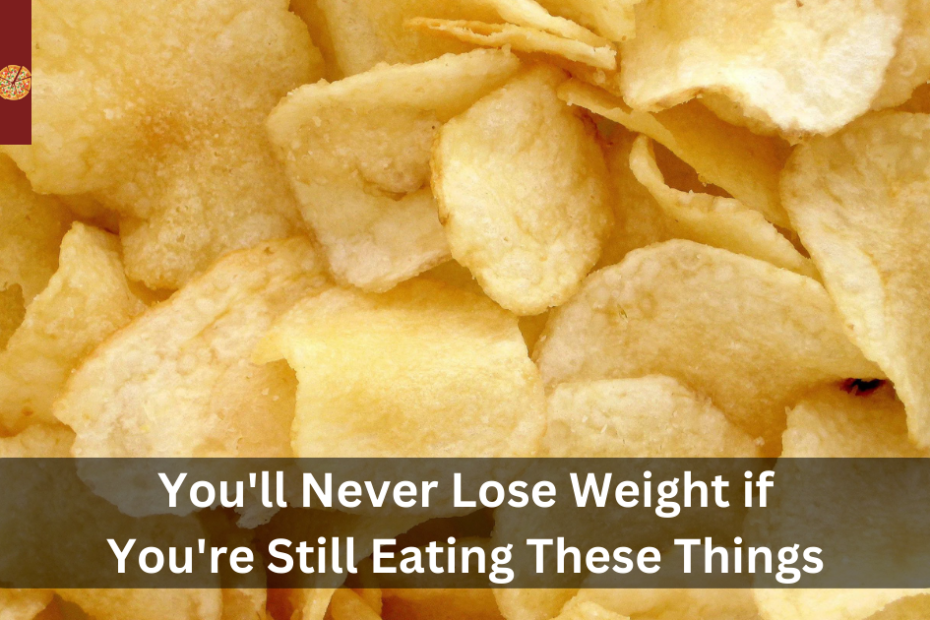Weight loss is not a one-size-fits-all process; what works for you may not work for another individual. Each of us has a unique genetic composition that influences our ability to lose weight, and our individual lifestyles also affect weight loss.
The amount you consume, the types of foods you select, the frequency and type of exercise, your stress levels, and your sleep patterns are all lifestyle factors that may impact your ability to lose weight. When it comes to dietary options, calories are not created equal.
Counting calories is one of the more common methods for weight loss. While this equation can encourage weight loss, you may be surprised to learn that the categories of calories you consume can also affect your progress. Protein, carbohydrates, and fat are all calorically dense nutrients that are processed and utilized differentially by the body.
Protein and fat, for instance, have high satiety values and can make you feel satiated after a meal, whereas carbohydrates have the lowest satiety value. This does not make carbohydrates inherently unhealthy, but it does support the notion that not all calories are created equal.
1 White Bread

While white bread is not particularly high in calories, its low fiber content may leave you feeling famished shortly after a meal. Fiber is known to increase satiety, and research indicates that dietary fiber consumption is associated with a reduced body mass index.
To increase your fiber intake, switch from white bread to whole grain or whole wheat bread. Additionally, evaluate the fiber content of the breads available at your local grocery store and choose those with higher numbers. Substituting low-fiber white bread with an option that contains a few grams of this essential nutrient may increase your sensation of fullness, thereby reducing your daily caloric intake.
2 Potato Chips

Potato chips, a popular salty and crunchy nibble, may hinder your weight loss efforts. Potato chips contributed to greater weight gain per serving than other prevalent foods, including potatoes, red meat, and sugar-sweetened beverages, according to a study.
In addition to being a subpar source of fiber, potato chips are also high in fat, which contributes to their high-calorie content. In addition, research indicates that salt may have addictive properties, and ingesting foods with a high sodium content may induce a desire for more salty foods. Salty foods such as potato chips, which are also high in fat and calories, may prevent you from reaching your weight loss objectives.
3 Fruit Snacks

While efficient and appealing to both children and adults, fruit snacks are high in sugar and nutritionally deficient. While a small amount of refined sugar can be part of a healthy diet, research suggests that diets rich in added sugar may contribute to the rise of obesity. Obesity cannot be attributed to a single ingredient, but the prevalence of added sugar in foods and beverages seems to play a role.
Although a single pouch of fruit snacks typically contains fewer than 100 calories, it may be preferable to substitute a piece of whole fruit for the refreshment. Even though this may result in a higher caloric intake, the fruit will contribute more fiber and nutrients, which may support your efforts to lose weight.
4 Breakfast Pastries

The calorie content of this category, which includes ubiquitous treats such as cinnamon rolls, croissants, muffins, danishes, and donuts, may shock you. Not only can a single muffin from the grocery store contain over 500 calories, but many of these calories come from unhealthy sources, such as oil and sugar.
Due to their high-calorie content and low satiety value, pastries are likely to impede weight loss.
5 Candy

Candies are another concentrated source of added sugar that may hinder your weight loss efforts. Nut-containing candies have a high sugar content, but they offer some nutritional value in the form of healthful fats and protein. Without a doubt, a small handful of nuts is healthier for your waistline, but the worst offenders in the candy category are fruit-flavored candies with minimal fat, protein, and fiber.
As lower sugar alternatives, fresh fruit, dark chocolate with a high percentage of cocoa, and cocoa-dusted nuts can be used to satiate a sweet tooth.
6 Ice Cream

Ice cream, another popular sugar-sweetened food, also contains a high fat content in a compact package. A solitary half-cup of ice cream contains approximately 150 calories. And let’s be honest: who consumes half a cup?
Because its primary ingredients are cream and sugar, you should reserve ice cream for special occasions and opt for lower-sugar delicacies on a regular basis. Try making your own banana “ice cream” as a simple, delectable, and adaptable option. Simply blend frozen bananas and a dash of your preferred milk in a food processor until smooth.
Add a few dark chocolate chips or a drizzle of nut butter for a decadent dessert flavor that will keep you on track with your diet and fitness objectives.
7 Sugary Cereal

With so many options available in the cereal aisle, it can be difficult to determine which product will best serve your needs. Some cereals contain well over 10 grams of added sugar per serving, while the majority contain well over 5 grams. Yes, these high-sugar cereals are delicious, but they are likely preventing you from losing weight.
Empty calories” refers to calories from solid fat and/or sugar in foods that contain few other nutrients. Search for cereals with less than five grams of sugar per serving, or replace cereal with a bowl of oatmeal with fruit and almonds for a higher-fiber, well-balanced meal.
| Homepage | Click Here |
| The 10 Best Healthy Snacks for Weight Loss | Click Here |
